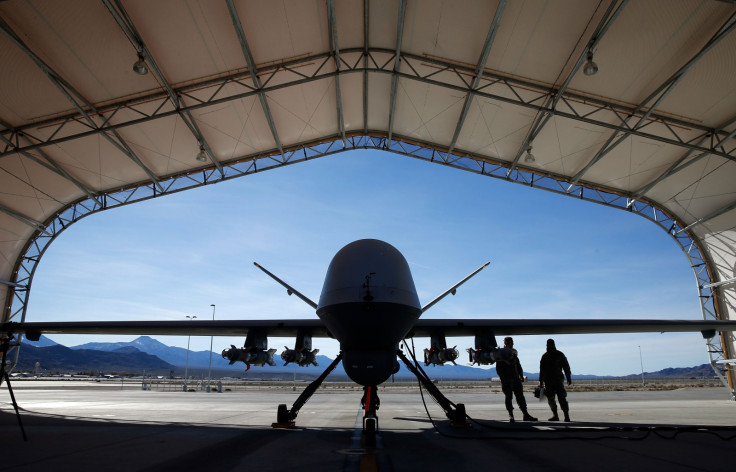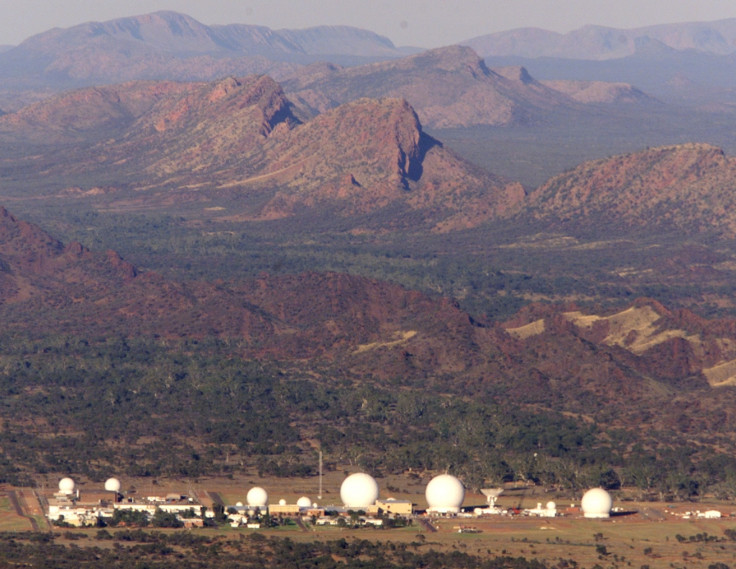What is Pine Gap? New Snowden leak exposes Australian spy hub aiding US drone strikes
The facility - codenamed 'Rainfall' - reportedly uses satellites to aid US military missions.

A secretive facility located near a remote town in Australia's Northern Territory has been exposed as a crucial cog in the global surveillance apparatus, deploying cutting-edge satellite technology to covertly monitor wireless communications and aid US military missions.
The data siphoned from satellites is used to provide intelligence reports to the armed forces which can then locate targets and potentially kill them from the skies using drones, according to a probe by The Intercept and the Australian Broadcasting Corporation (19 August).
The investigation was based on documents from inside the US National Security Agency (NSA), leaked by former analyst Edward Snowden back in 2013.
The classified files contained references to the facility, which was codenamed "Rainfall" but is formally known as the Joint Defence Facility Pine Gap.
On the surface, according to the NSA documents, the compound's aim is to "support the national security of both the US and Australia" by "verifying arms control and disarmament agreements and monitoring military development." In reality, its remit is far broader in scope.
The Australian Broadcasting Corporation (ABC) report on the fresh revelations detailed one NSA file about a Pine Gap "site profile" which noted that it "detects, collects, records, processes, analyses and reports" on everything from surface-to-air missiles to anti-aircraft artillery.
The topic of sharing data linked to drone strikes was slammed by Emily Howie, a research director at the Human Rights Law Centre.
"Australia, in so far as it is locating suspects that the US targets, is assisting the US. So it could be liable for any crimes committed by the US, in terms of aiding and assisting in that," she said. "The question then is: is the killing that's done by the United States a war crime or not?"
The Intercept reported that the base has been used as a "command post" for missions using "geosynchronous" satellites – meaning they transmit data from high orbit. One mission pilfered communications from China, South Asia, the Middle East, Eastern Europe and more.
"Pine Gap literally hardwires us into the activities of the American military and in some cases, that means we will cop the consequences, like it or not," Richard Tanter, a professor at the University of Melbourne who has previously studied Pine Gap, told The Intercept.

He specifically called out recent escalation in tension between the US and North Korea.
"Pine Gap will be contributing hugely in real-time to those operations, as well as in preparation for them," Tanter asserted.
"So whether or not the Australian government thinks that an attack on North Korea is either justified, or a wise and sensible move, we will be part of that."
"We'll be culpable in the terms of the consequences," he added.
It's not surprising that Australia is working closely with its American counterparts to help conduct surveillance across the globe. It is, after all, a key member of the "Five Eyes" alliance – alongside the UK, US, New Zealand and Canada – which openly shares covert intelligence reports.
Reporting on the Snowden documents has shown how the NSA has similar bases scattered across the world – including the UK. Last year, The Intercept revealed that a base in North Yorkshire was being used to facilitate "capture-kill operations" in the Middle East and North Africa.

© Copyright IBTimes 2025. All rights reserved.






















